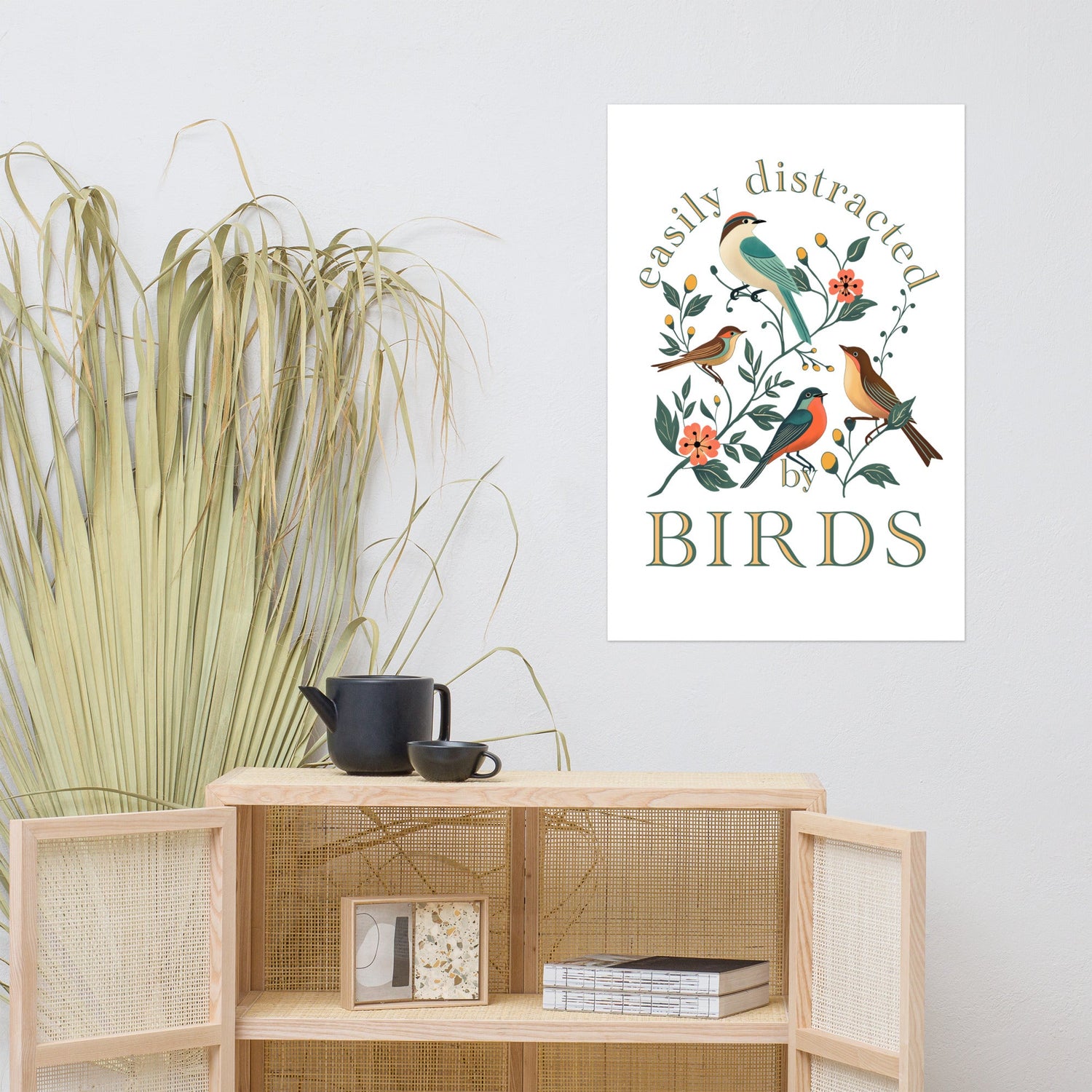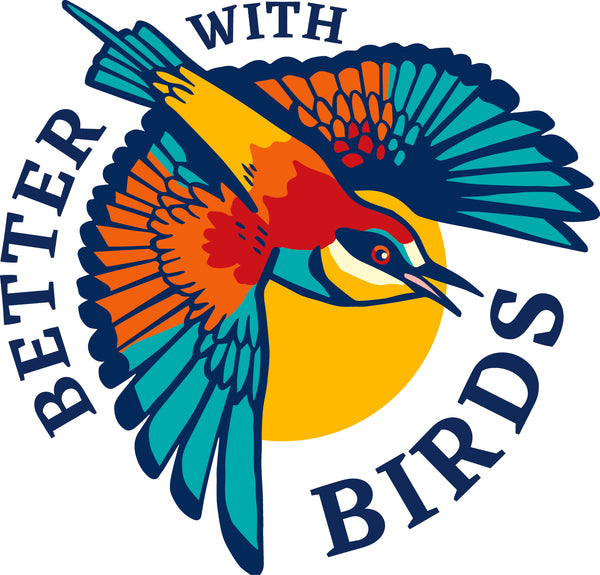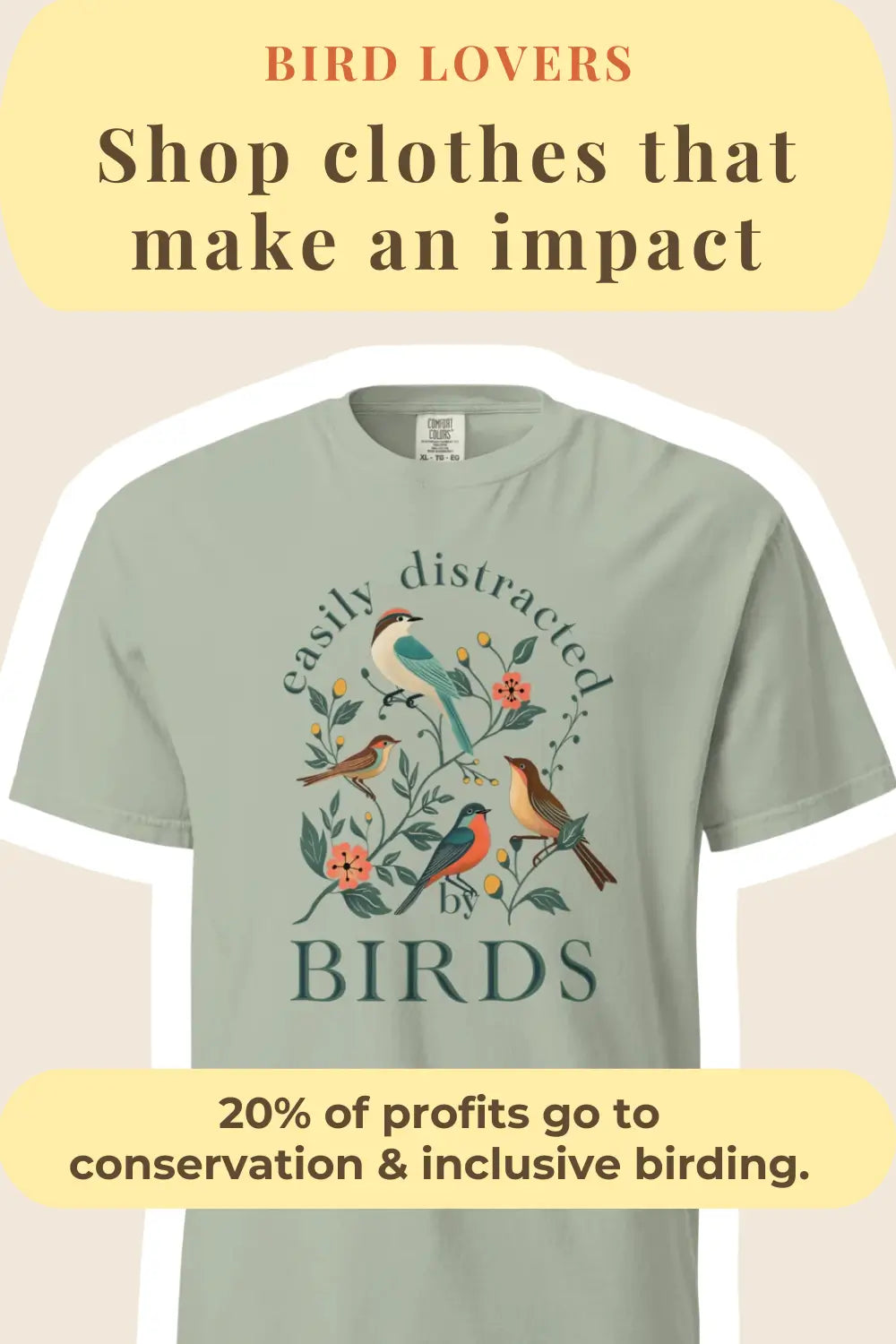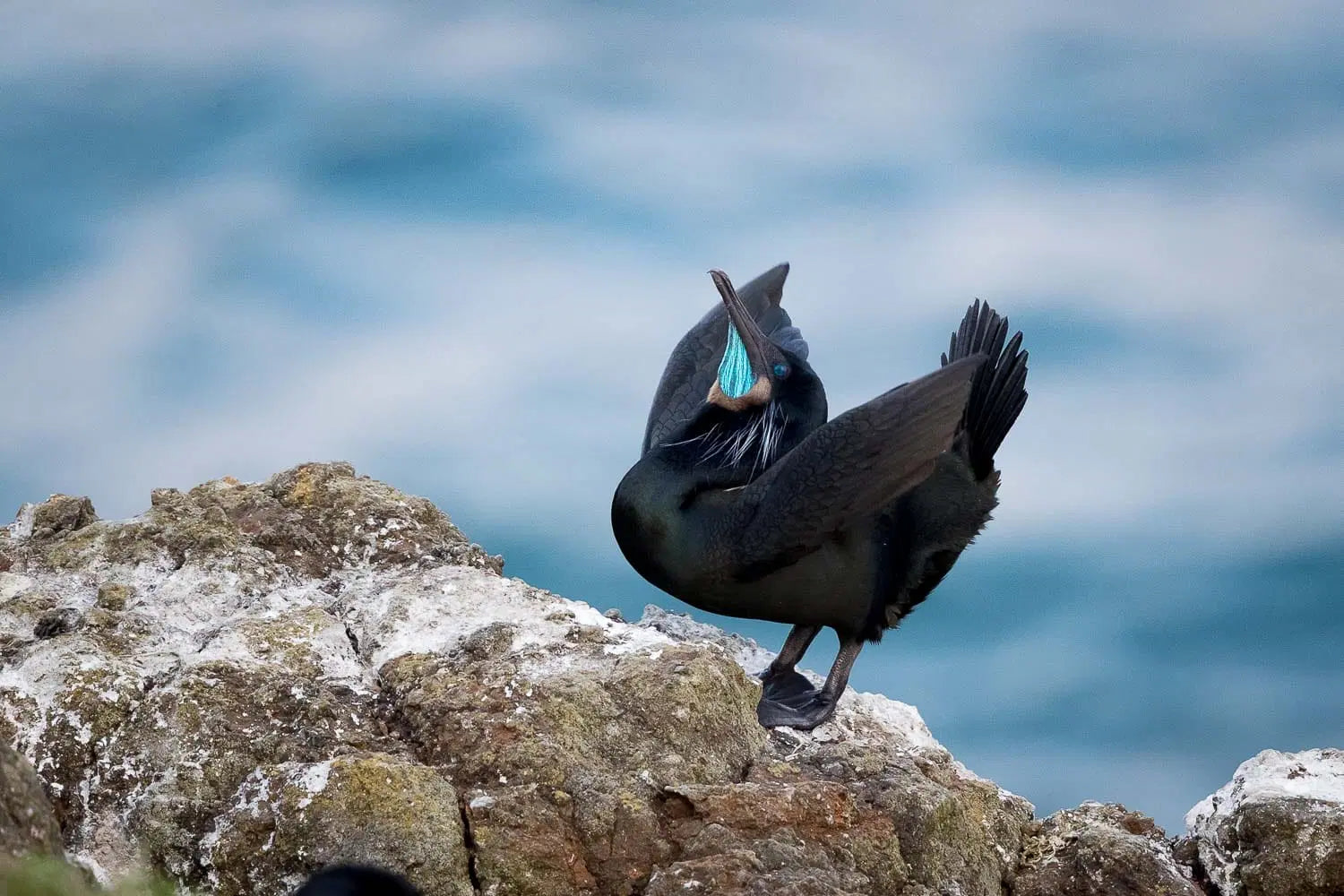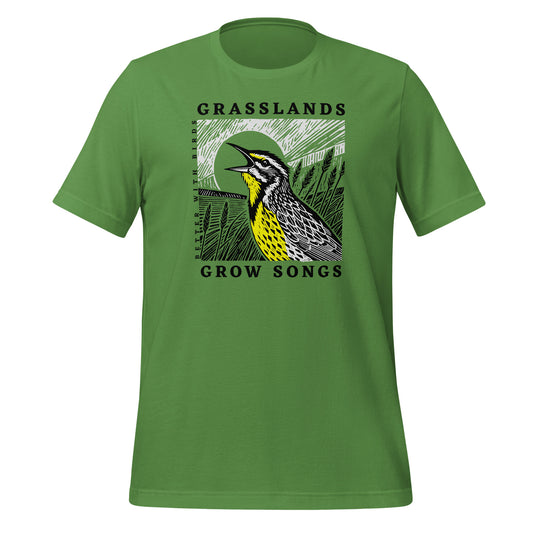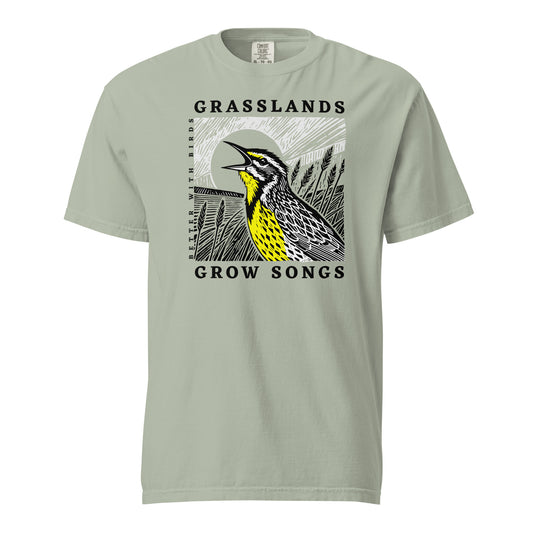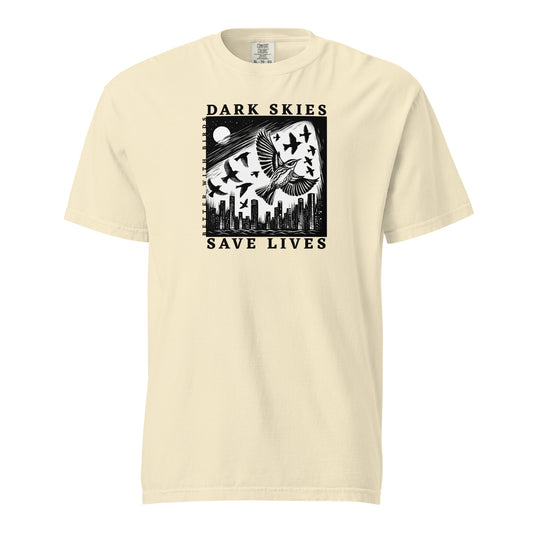Are Birds Mammals? (No, But It's Weirder Than You Think)
Feature photo: tongarirokid/Shutterstock
Read Time: 6 minutes
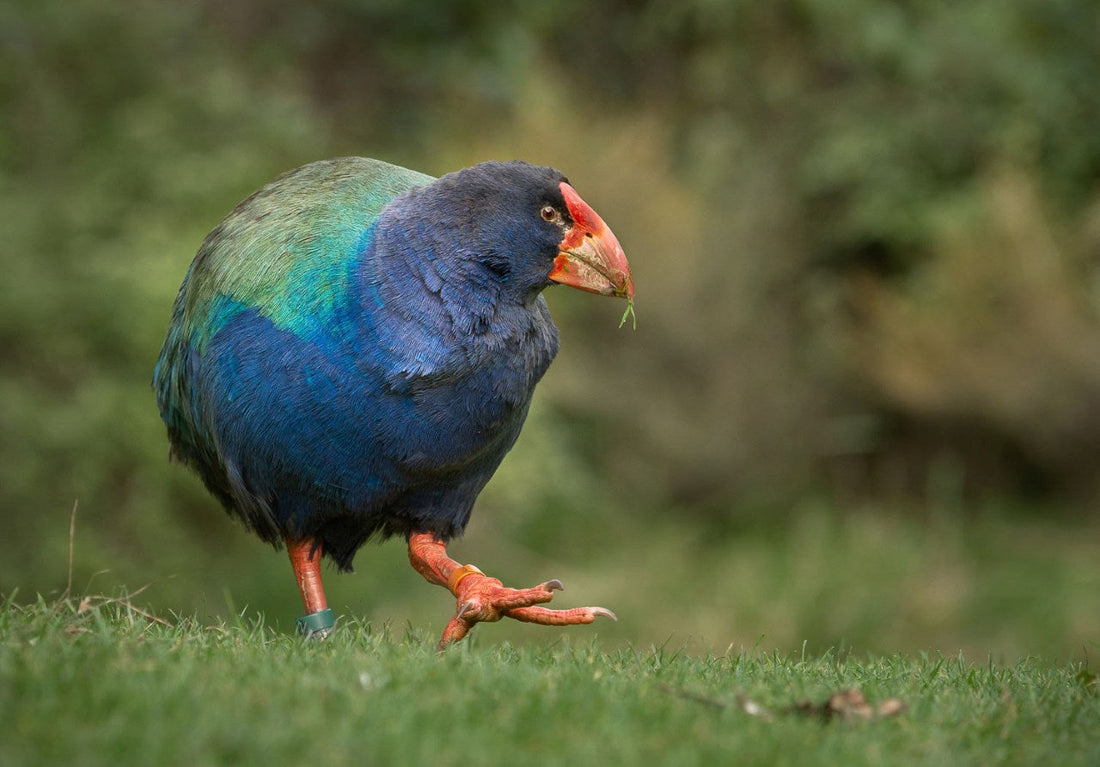
This post contains affiliate links. If you use these links to buy something, we may earn a commission at no additional cost to you. We only recommend products we fully support or use ourselves. Our full disclaimer
PIN THIS FOR LATER

Contents
I was grabbing coffee yesterday when I overheard a kid asking his mom if the pigeons outside were mammals. The mom hesitated, then said "I think so? They're warm-blooded, right?"
I almost spilled my drink.
Look, I'm not usually the type to butt into strangers' conversations, but birds being classified as mammals is one of those misconceptions that makes my inner biology nerd twitch. I managed to restrain myself (you're welcome, random coffee shop family), but that question—"Are birds mammals?"—is actually more interesting than most people realize.
The short answer is no, birds aren't mammals. But the real story is way more fascinating than a simple yes or no.
Why Do People Think Birds Might Be Mammals?
Fair question! Birds and mammals actually share a bunch of traits that make this confusion totally understandable. Both are warm-blooded (unlike those cold reptiles). Both have four limbs. Both take care of their babies instead of just laying eggs and peace-ing out like "good luck with life, kiddos!"
Plus, birds are clearly not reptiles... right? I mean, they're not slithering around with scales and forked tongues. They're fuzzy! They sing! They seem way more like mammals than like lizards.
Except... they're actually more like reptiles than you'd ever guess. More on that mind-blowing fact in a minute.
We give 20% of all shop profits to bird conservation & inclusive birding efforts.
What Characteristics Define a Mammal?
To be a card-carrying mammal, an animal needs to check these boxes:
- Produce milk for their babies (from mammary glands—hence "mammals")
- Have hair or fur
- Be warm-blooded
- Have three middle ear bones (weird qualification, I know)
- Have a neocortex in the brain (the wrinkly thinking part)
- Have a lower jaw made of one bone (not multiple pieces)
Birds nail the warm-blooded part but strike out on literally everything else. No bird has ever produced milk (though flamingos make a weird red "crop milk" substance, it's... not the same thing). And birds definitely don't have fur—those soft, fluffy feathers are completely different structures.
What Classification Do Birds Belong To?
So here's where it gets wild. Birds are technically... reptiles. I KNOW.
Not just related to reptiles. Not just similar to reptiles. They ARE reptiles, according to modern classification. In the modern classification system, birds belong to the group Aves, which sits firmly within the larger reptile group (Reptilia). They're literally the living descendants of dinosaurs—specifically, therapod dinosaurs like Velociraptors and T. rex.
Next time you watch a robin hopping across your lawn, you're watching a tiny dinosaur descendant looking for worms. You're welcome for that mental image.
We give 20% of all shop profits to bird conservation & inclusive birding efforts.
How Are Birds Related to Reptiles?
Birds branched off from other reptiles about 150 million years ago and developed some major upgrades. Think of them as Reptiles 2.0. They kept some reptile features (laying eggs, scales on their feet, that weird thing where they can't pee and poop separately) but developed their own unique traits:
- Feathers (modified scales, believe it or not)
- Hollow bones (for lighter flight)
- Super-efficient respiratory system (way better than ours)
- Four-chambered heart (most reptiles have three chambers)
- Ridiculous metabolism that runs hot enough to power flight
It's like they took the basic reptile blueprint and went "yeah but what if we could FLY and SING and not be cold all the time?"
Why Is There Confusion About Bird Classification?

Photo: Jaymi Heimbuch
Because school failed us, that's why! Most of us learned animal classification from outdated textbooks or from teachers who were using simplified categories.
We were taught that there are neat boxes: mammals, birds, reptiles, amphibians, fish. Everything fits perfectly in its category with no weird overlaps or exceptions.
But biology is messy. Evolution doesn't work in tidy categories—it's more like a chaotic family tree with some really strange branches. Modern classification is based on who's related to whom, not just on physical traits.
So birds being reptiles is like finding out your cousin who looks nothing like the rest of the family is definitely related because the DNA test says so.
What Unique Abilities Do Birds Have Compared to Mammals?
Oh, where do I start? Birds have superpowers mammals can only dream about:
- They can see ultraviolet light (your "white" t-shirt might look wildly colorful to a bird)
- Many can sense the Earth's magnetic field for navigation
- Their respiratory system is one-way (unlike our inefficient in-and-out breathing)
- Some can hover in place (try that, mammals)
- They can migrate thousands of miles using the stars and magnetic fields
- Many can imitate sounds perfectly
We give 20% of all shop profits to bird conservation & inclusive birding efforts.
Which Mammals Have Flying Capabilities Similar to Birds?
Bats! But they cheat. Their wings are basically giant webbed hands (imagine stretching skin between your fingers from your arms to your legs—nightmare fuel). Bird wings, meanwhile, are modified arms with feathers that create perfect airfoils.
Flying squirrels and sugar gliders can glide but can't actually generate lift like birds or bats. They're basically just falling with style.
No mammal has ever evolved feathers, which is a shame because feathers are engineering marvels. They're lightweight, waterproof, insulating, colorful, and aerodynamic. Plus birds can repair and replace them without much fuss.
Final Thoughts
So to wrap this up in one sentence: Birds aren't mammals—they're specialized, warm-blooded, feathered reptiles descended from dinosaurs that developed the ability to fly, sing, and make us question everything we thought we knew about animal classification.
And if you want to really embrace your inner bird nerd (or shop for the bird-obsessed people in your life), you can shop nature-inspired gifts today over at Better With Birds!
